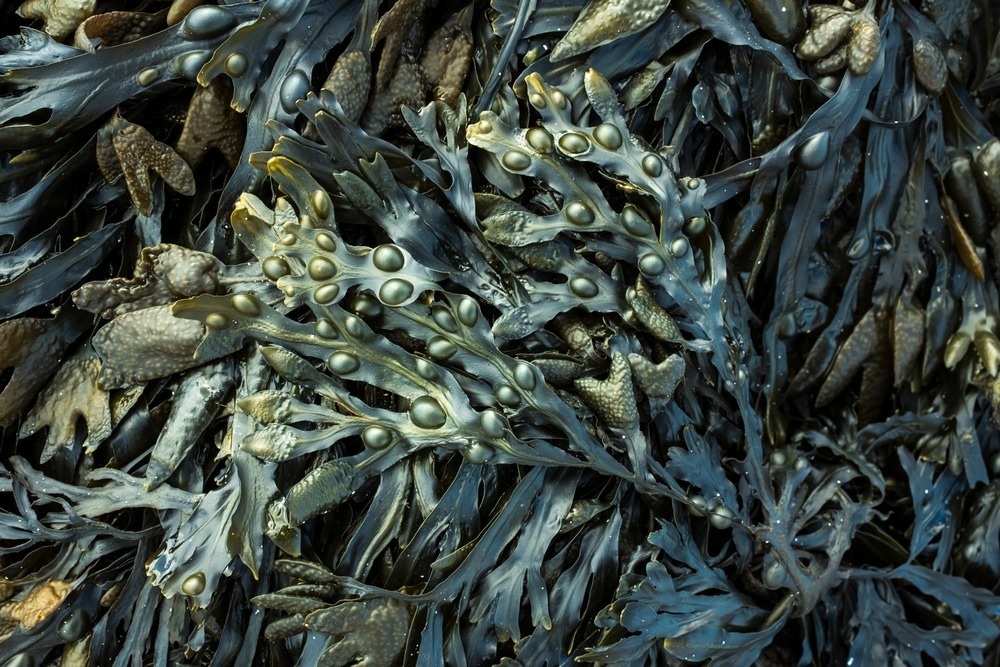Huge ocean regions need to remove around 2.5 to 13 gigatons of atmospheric carbon every year to fulfill climate goals. However, the likelihood of global seaweed farming helping to capture a considerable amount carbon does not seem practical, according to new research in Communications Earth & Environment.

Image Credit: Koldunov Alexey/Shutterstock.com
Modeling advises that nearly one million square kilometers of the most productive ocean areas in exclusive economic zones (EEZs) are required to grow sufficient seaweed to eradicate a single gigaton of carbon from the atmosphere annually.
Seaweed can eradicate CO2 from the atmosphere by transforming it into organic biomass through photosynthesis. As a result, this biomass can drown in the deep ocean, eliminating it from surface waters. Nevertheless, most global estimates of the potential of employing seaweed to capture carbon depend on concluding observations from some particular sites on a global scale.
Isabella Arzeno-Soltero and co-workers examined predictions from Global Macroalgae Cultivation Modeling System to project potential seaweed efficiency and harvestable biomass in varied levels of nutrient availability and ocean conditions throughout the international oceans.
They projected that to harvest one gigatonne of seaweed-captured carbon every year, over one million square kilometers of the most efficient EEZs waters, found in the equatorial Pacific, would need to be farmed. Apart from these efficient equatorial waters, cultivation regions would require to be tripled to harvest the same quantity of seaweed carbon owing to the geographical difference in seaweed growth and productivity.
Besides, the authors propose that nutrients need to be supplemented to upkeep seaweed productivity—potentially through “depth cycling” the seaweed by physically transporting it from deep to shallow water, or through upswelling nutrients from deeper water.
The authors advise that to thoughtfully measure the carbon elimination potential of seaweed cultivation, the global difference in seaweed growth potential needs to be comprehended and future studies into the enhancement of seaweed farming are required.
Journal Reference:
Arzeno-Soltero, I. B., et al. (2023). Large global variations in the carbon dioxide removal potential of seaweed farming due to biophysical constraints. Communications Earth & Environment. http://dx.doi.org/10.1038/s43247-023-00833-2.